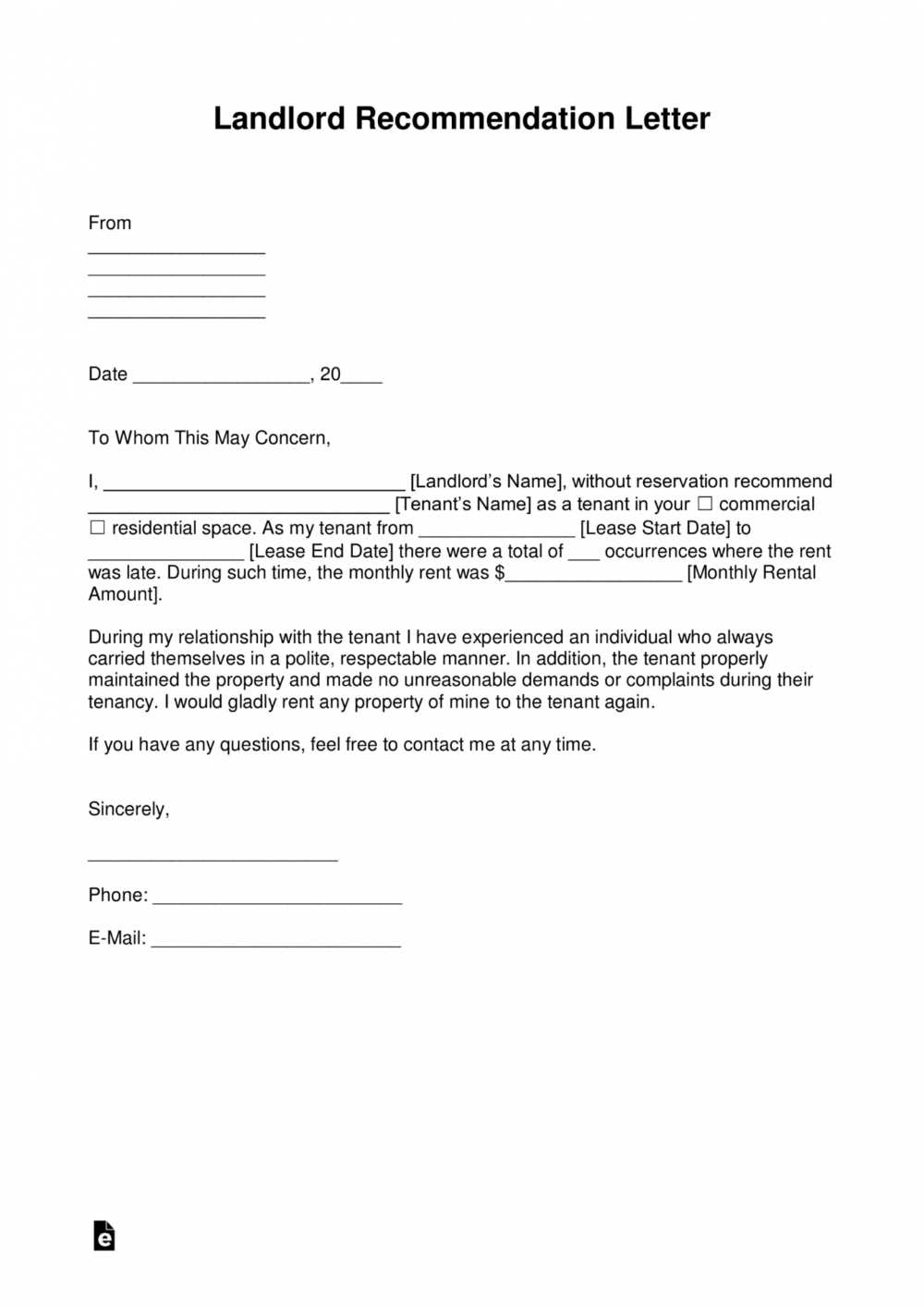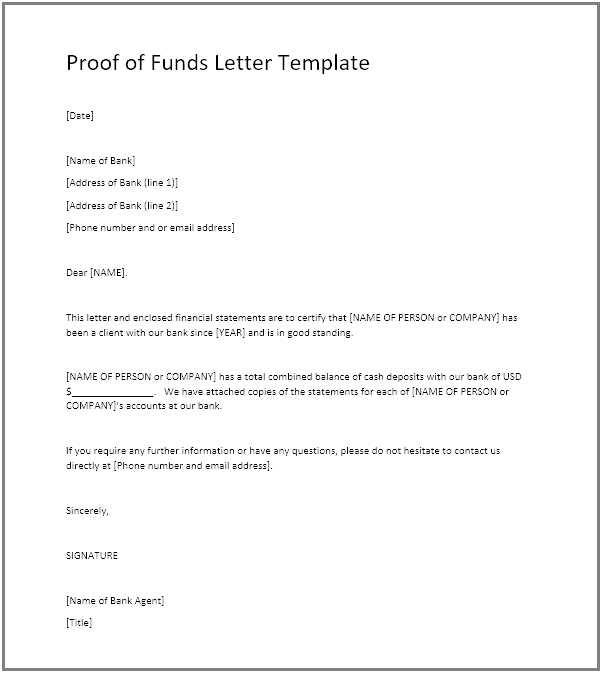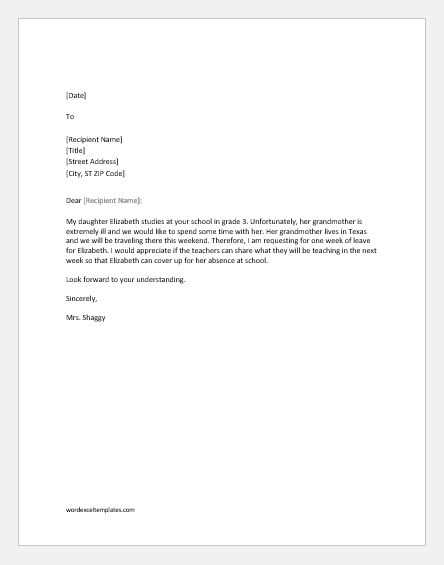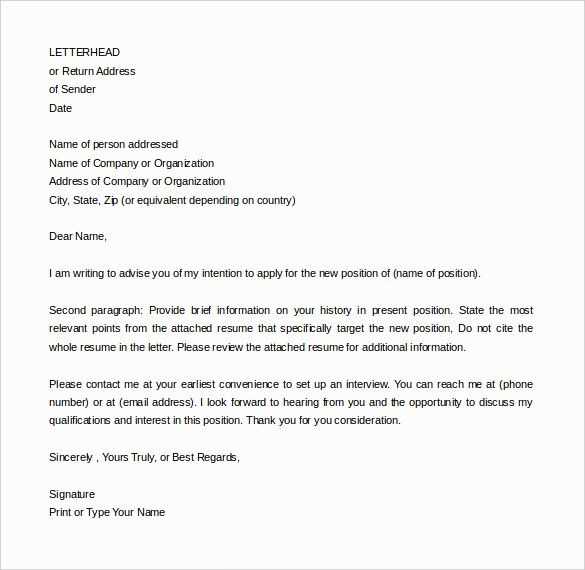Effective Intervention Letter Template for Clear Communication

When addressing difficult situations or personal concerns, it is crucial to communicate in a clear, respectful, and impactful manner. A well-crafted message can help resolve conflicts, offer support, or guide someone toward positive change. This approach is essential for maintaining healthy relationships and ensuring productive conversations.
Key Components for a Successful Approach
Creating a meaningful communication requires several important elements. These include a thoughtful tone, specific examples, and an actionable request. A proper structure allows the recipient to understand the concern without feeling attacked, fostering a constructive dialogue.
Understanding the Core Message

The first step is identifying the core issue you want to address. Whether it’s about behavior, choices, or a situation that needs change, make sure the message is clear and direct. Avoid vague language that could confuse the recipient.
Respectful and Supportive Tone

Tone plays a key role in the effectiveness of your message. Approach the conversation with empathy, showing care and consideration. A positive and respectful tone increases the likelihood of a productive response and minimizes defensiveness.
What to Include in the Communication

When formulating your message, be specific about the concerns or behaviors that need to be addressed. Use concrete examples to illustrate the issue clearly, and ensure your message is concise yet thorough. It’s essential to offer suggestions for change or improvement while providing support for the recipient’s growth.
Examples and Actionable Requests

Provide specific situations where the issue has arisen. This helps the recipient understand the context and the reason for the concern. Additionally, include practical steps they can take to improve the situation, giving them a clear path forward.
Common Pitfalls to Avoid

Many people make the mistake of being too harsh, vague, or too general in their approach. Overloading the recipient with too much information or being overly critical can hinder the chances of a positive outcome. Focus on clarity and a solution-oriented approach to ensure the message is well-received.
- Avoid negative language: Using accusatory terms may create resistance.
- Be concise: Too many details can overwhelm the person receiving the message.
- Focus on the behavior: It’s important to address actions, not personal traits.
Conclusion: Building Positive Change
By following these guidelines, you can address concerns effectively, promoting understanding and encouraging positive outcomes. A well-constructed message can be a powerful tool in resolving conflicts and offering support where it’s needed most.
Why You Need a Written Message to Address Sensitive Issues
When faced with a situation that requires change or the need to address a concern, a carefully crafted written message can make all the difference. This approach ensures that your message is clear, well-organized, and impactful, allowing the recipient to fully understand the situation and the steps they need to take. Proper communication is a vital tool for guiding others and fostering resolution in challenging circumstances.
Understanding the Purpose of Communication
The main purpose of sending a written message is to communicate a point effectively and constructively. Whether addressing behavioral concerns or offering guidance, the goal is to open the door for positive change while maintaining respect and understanding. A well-thought-out message fosters clarity and minimizes the chance of miscommunication.
Key Elements for Effective Communication
Successful messages contain several key elements: a clear outline of the issue, a thoughtful tone, and a call to action. The message should be concise but provide enough context to help the recipient understand the situation fully. Additionally, ensuring that your words come across as supportive and non-confrontational will help achieve the desired outcome.
What Should Be Included in Your Message
Ensure that your communication includes specific details, such as examples of the issue at hand, as well as actionable steps for improvement. The more concrete your message, the better the recipient will understand the expectations. Offering solutions and support can also make the message more effective, providing the recipient with the tools to make positive changes.
How to Write a Convincing Message
Writing persuasively involves both clarity and empathy. Focus on being respectful and clear in presenting the issue while also offering solutions that can lead to improvement. Use a positive tone and avoid harsh language that might cause the recipient to become defensive. The purpose is to engage them in a productive conversation about positive change.
Tips for Crafting a Strong Appeal
Be concise and specific. Avoid unnecessary detail and focus on the key points that will help the recipient understand what needs to change. Offer constructive feedback while maintaining a focus on how things can improve. A well-structured, respectful message increases the chances of a positive response.
Common Mistakes to Avoid
There are several common mistakes people make when drafting such messages. These include being overly vague, harsh, or neglecting to offer solutions. Overloading the recipient with too many details can also cause confusion or overwhelm them. Avoid focusing solely on criticism, as this may cause the recipient to become defensive rather than receptive to change.